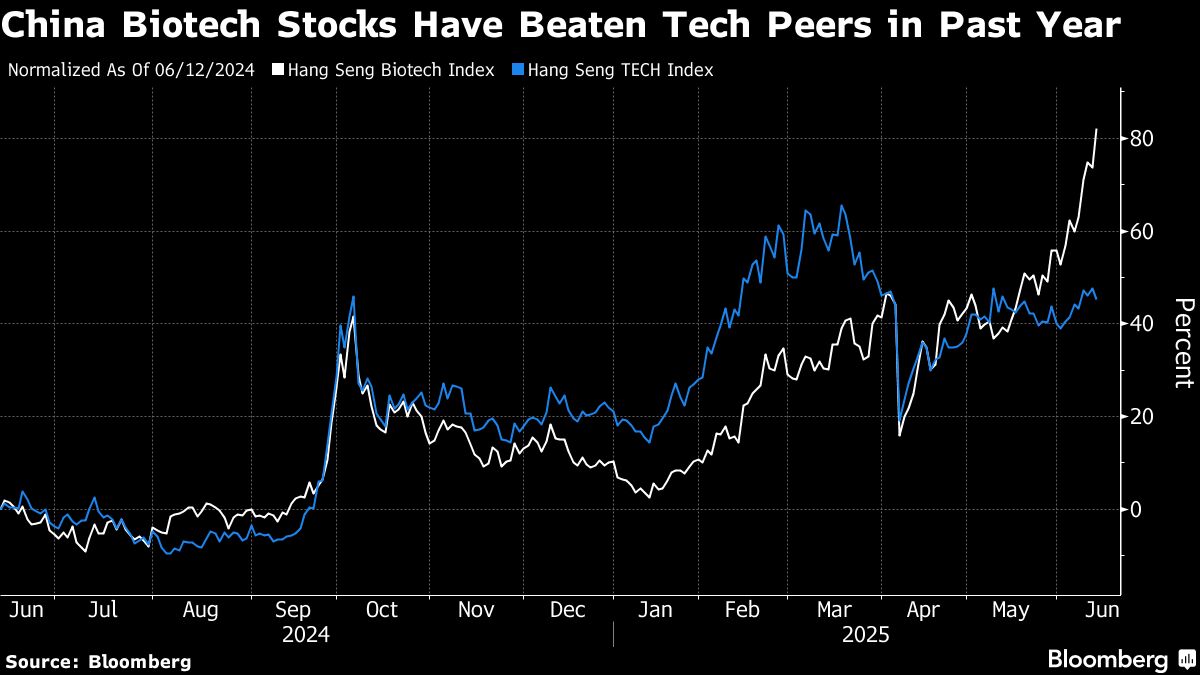Emerging Technologies / Biotechnology
Weekly Emerging Technologies / Biotechnology Insights
Stay ahead with our expertly curated weekly insights on the latest trends, developments, and news in Emerging Technologies - Biotechnology.
Recent Articles
Sort Options:

Spinning the web of mutualistic technologies
An emerging network of mutualistic technologies is set to enhance commercial opportunities, fostering collaboration and innovation across various sectors. This development promises to drive significant advancements and create new avenues for growth in the business landscape.

Israeli Startups Using AI To Accelerate Drug Discovery
Israel is poised to become a leading biotech ecosystem, leveraging its strengths in multidisciplinary scientific discovery, entrepreneurial innovation, and artificial intelligence, according to recent insights. This unique positioning highlights the country's potential in advancing biotechnological advancements.

The emerging network of mutualistic technologies
Four major technologies are driving significant investments, creating new opportunities and applications. Each technology is poised to enhance the capabilities of the others, fostering a synergistic environment for innovation and growth in various sectors.

Groundbreaking Biological “Artificial Intelligence” System Could Make Impossible Medicines Real
Australian researchers at the Charles Perkins Centre, University of Sydney, have developed a revolutionary system utilizing biological artificial intelligence to create and refine novel molecules, addressing significant challenges in biotechnology and medicine. This innovation promises transformative advancements in the field.

China’s Biotech Moment Ignites a 60% Stock Rally That Beats AI
China's biotechnology stocks have rebounded from a four-year decline, emerging as top performers in Asia this year. Analysts predict continued growth, highlighting the sector's potential for further gains in the evolving market landscape.

MedTech AI, hardware, and clinical application programmes
Modern healthcare is rapidly evolving with generative AI leading transformative innovations across R&D, operations, and supply chains. McKinsey reports significant productivity gains for Medtech companies, emphasizing the need for streamlined approaches to overcome integration challenges and enhance patient outcomes.

What does the future of bio-friendly materials look like?
The U.S. government’s Bold Goals for U.S. Biotechnology and Biomanufacturing aims to revolutionize the bioeconomy by replacing plastics with bioplastics and enhancing sustainable manufacturing. The article highlights the pivotal role of Synthetic Biology in achieving these ambitious targets.